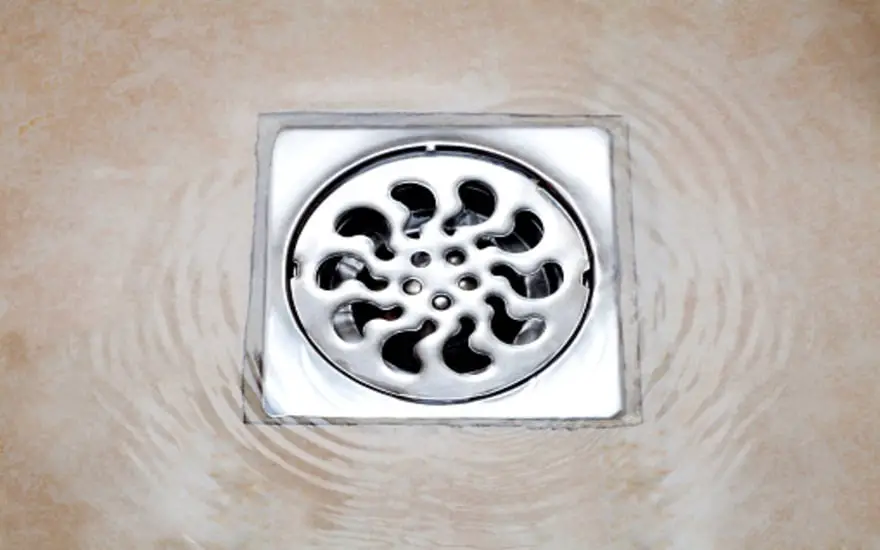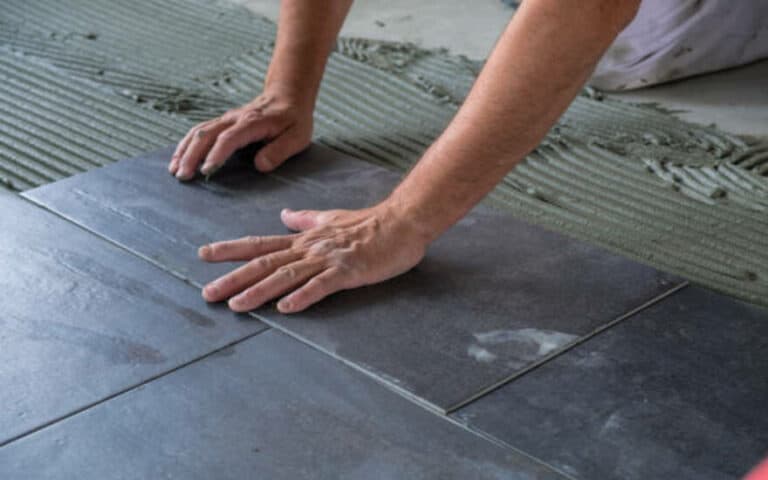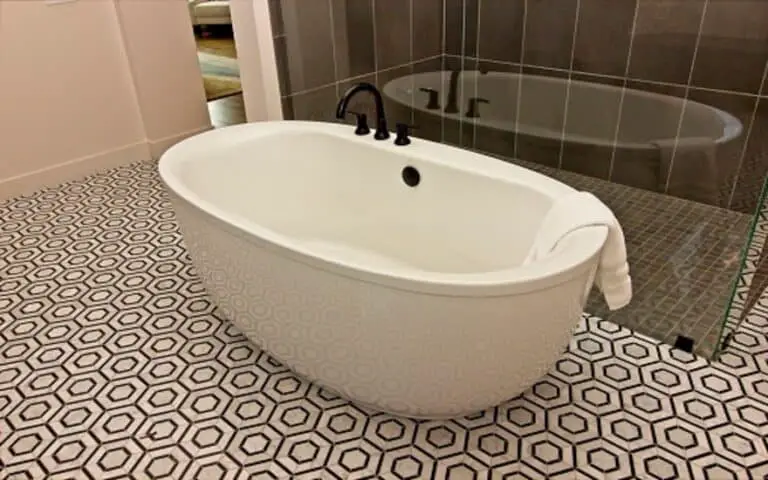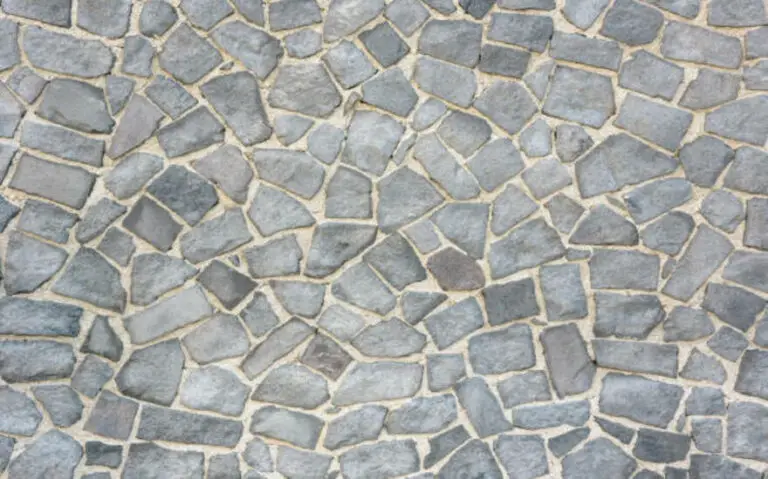A bathroom floor drain is one of the most critical components of this drainage system. Drainage systems are essential for the effective functioning of our bathrooms. Without them, our bathrooms will not be able to receive the necessary water and dispose of the waste. It is responsible for collecting the water and debris from the bathroom and discharging them into the sewage system. This essay will concern everything you require about bathroom floor drains, including their anatomy, types, installation, maintenance, and joint problems.

What is a bathroom floor drain?
A bathroom floor drain is a drainage device installed on the bathroom floor to remove wastewater. It is usually located near the shower, bathtub, or sink and is connected to the sewer line. The drain allows the water to flow away from the bathroom and into the sewer system while preventing foul odors and gases from entering the bathroom.
The anatomy of a bathroom floor drain
A bathroom floor drain consists of several components that work together to ensure the effective functioning of the gutter. The main features are the trap, the drain body, the stopper, the grate, and the cleanout plug.
The entrapment is the curved drain area that prevents the gases and odors from entering the bathroom. The drain body is the drain section that connects the web to the sewer line. The stopper is the removable part of the drain that allows you to control the water flow. The grate covers the drain and prevents debris from entering the gutter. Finally, the cleanout plug is the removable part of the drain that allows you to access and clean the drain.
The function of: How does a bathroom floor drain work?
The primary function of a bathroom floor drain is to collect the wastewater from the bathroom and discharge it into the sewer line. The trap prevents the odors and gases from entering the bathroom, while the grate prevents debris from entering the drain. The stopper allows you to control the water flow, and the cleanout plug will enable you to access and clean the drain.
Types of bathroom floor drains
There are several types of bathroom floor drains available on the market. The most common types are linear, shower, and square drains. Linear drains are usually installed near the shower or bathtub and are designed to collect wastewater from multiple sources. Shower drains are designed to manage wastewater from a single source, such as a shower or bathtub. Square gutters are designed to handle wastewater from a single start and are usually installed near the sink.
How to install a bathroom floor drain?
Installing a bathroom floor drain is not tricky, but it is essential to ensure it is installed correctly. Here are the actions you must observe:
- The first step is to determine the location of the drain. It should be located near the shower, bathtub, or sink.
- The next step is to measure the drain. You should measure the drain size and ensure it is the correct size for your bathroom.
- Once you have the correct size, you need to cut the hole for the drain. You can use a jigsaw or a hole saw for this job.
- After the spot is missed, you must insert the drain body into the hole. Ensure the drain body is secured and the trap is connected to the sewer line.
- Once the drain body is in place, you must install the grate and the stopper. Make sure they are securely attached to the drain body.
- Finally, you need to install the cleanout plug. This is essential as it allows you to access and clean the drain.
Tips for maintaining your bathroom floor drain
Maintaining your bathroom floor drain is essential to ensure it remains in good condition and functions properly. Here are some tips to keep your drain in good condition:
- Make sure to clean the drain regularly to prevent the buildup of debris.
- Don’t pour grease or other liquid wastes down the drain, as this can clog the drain.
- If you detect any leaks, patch them immediately, as this can cause damage to the gutter and the surrounding area.
- Inspecting the drain regularly for any signs of damage or wear and tear is also essential.
Common problems with bathroom floor drains
Despite regular maintenance, problems can still occur with bathroom floor drains. The most common issues include clogs, leaks, and improper installation.
Clogs can occur due to the buildup of debris in the drain, preventing the water from flowing freely. Leaks can occur due to a faulty installation or a damaged gutter. An improper installation can cause the drain to be misaligned, causing the water to leak.
How do you unblock a floor waste drain?
Troubleshooting and fixing your bathroom floor drain
If you are having issues with your bathroom floor drain, there are several steps you can take to troubleshoot and fix the problem.
The first phase is to review whether the drain is clogged. If it is, you can utilize a plunger or a gutter snake to vacate the clog. If the clog is too uncompromising, you may require to reach a professional to fix the problem.
The next step is to check for any leaks. You can tighten the connection or replace the damaged parts if leaks occur. If the leak prevails, you may need an experienced plumber to rectify the problem.
Finally, you should check if the drain body is correctly installed. If not, you can try to adjust the drain body or call a professional plumber to fix the issue.
Professional services for installing and repairing bathroom floor drains
If you have problems with your bathroom floor drain, it is best to call a professional to help you with the installation or repair. Professional plumbers have the experience and expertise to install and repair bathroom floor drains properly. They can also provide advice on how to maintain your gutter and fix any problems that may arise.
Floor drains are a vital part of any drainage system
Floor drains are an essential part of any drainage system. They are responsible for collecting the wastewater from the bathroom and discharging it into the sewer line. Without floor drains, the wastewater from your bathroom would accumulate and cause many problems.
Keep The Height Of The Drain More Than The Tiles
When installing a bathroom floor drain, it is essential to ensure the drain is higher than the surrounding tiles. This will prevent the water from pooling around the drain and ensure the water is discharged correctly.
Connect The New Drain Set To Drainage Pipe
After you have installed the drain body, you will need to connect it to the drainage pipe. Make sure the connection is secure, and there are no leaks.
Create a flat floor in the bathroom
When installing a bathroom floor drain, it is vital to ensure the floor is flat. If the floor is uneven, the water will not flow properly and can cause damage to the drain and the surrounding area.
Five things you should avoid while installing bathroom floor drains
When installing a bathroom floor drain, there are several things you should avoid to ensure the installation goes smoothly.
- Don’t use the wrong size drain. Make sure the size of the drain is correct for your bathroom.
- Don’t forget to install the cleanout plug. The cleanout plug is an integral part of the drain and allows you to access and clean the drain.
- Don’t forget to seal the connections. Ensure the drain and pipe relationships are adequately packed to prevent leaks.
- Don’t forget to check the alignment. Make sure the drain is correctly aligned to ensure the water flows properly.
- Don’t forget to check for leaks. Make it infallible that there are no leaks in the gutter to contain water damage.
How To Plumb Bathroom Floor Drain: 7 Easy Steps
Plumbing a bathroom floor drain is not as difficult as you may think. Here are seven steps you need to follow to plumb your bathroom floor drain properly:
- Measure the size of the gutter and cut the hole in the floor.
- Place the drain body in the hole and secure it in place.
- Connect the drain body to the drainage pipe.
- Install the grate and the stopper.
- Install the cleanout plug.
- Seal the connections.
- Check for leaks.
FAQ & People Also Ask
Where should a floor drain be placed?
When installing a bathroom floor drain, it is essential to ensure it is placed correctly. The drain should be placed near the shower, bathtub, or sink and connected to the sewer line.
Do floor drains need vents?
Floor drains usually don’t need vents as they are connected to the sewer line. However, if the floor drain is connected to a septic system, it may need a vent.
What if the cleanout plug is missing?
If the cleanout plug is missing, you must purchase a new one. Make sure to get a pin compatible with your bathroom floor drain.
What if the drain is clogged?
If the drain is clogged, you can try to unclog it using a plunger or a drain snake. If the clog is too persistent, you may require to reach a professional plumber to repair the problem.
final Verdict
A bathroom floor drain is an essential component of any drainage system. It is responsible for collecting the wastewater from the bathroom and discharging it into the sewer line. This article discussed everything you need to know about bathroom floor drains, including their anatomy, types, installation, maintenance, and joint problems. We also discussed how to troubleshoot and fix common issues and how to hire a professional to assist with the installation or repair.
Following the steps outlined in this article, you can ensure your bathroom floor drain is installed and maintained correctly. This will ensure the drain functions properly and prevent water damage or foul odors.






